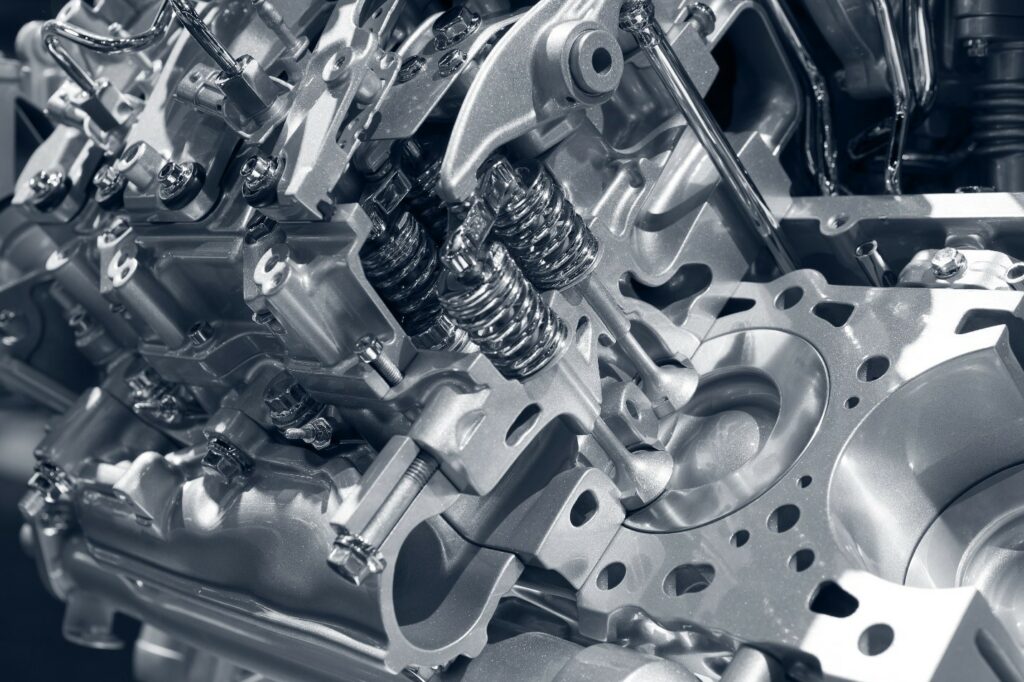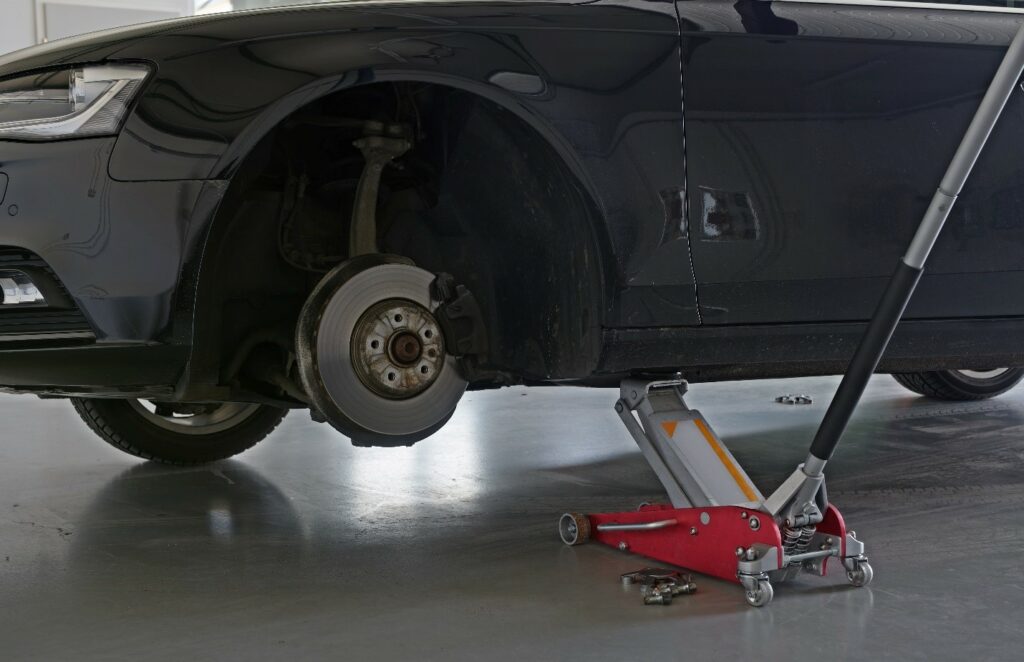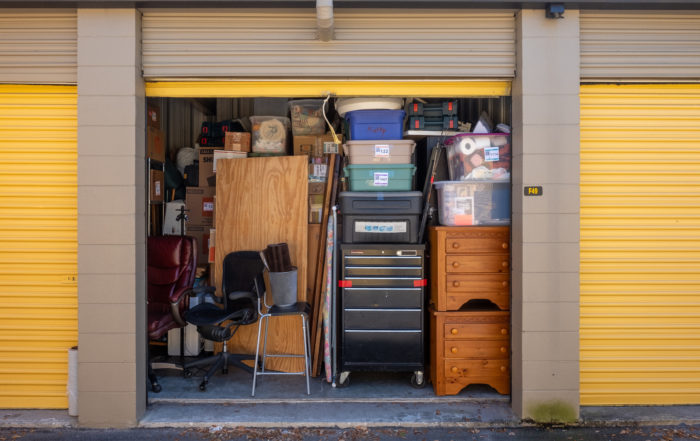Essential Steps for Taking Your Vehicle Out of Storage

Essential Steps for Taking Your Vehicle Out of Storage
It’s Spring time—winter has retreated, the flowers have returned, and it’s warm enough to take your car out of storage. Your dreams of driving on sunny days under blue skies are finally becoming reality. However, there are certain steps you should take before your foot hits the pedal. Despite precautionary measures, which we covered in an earlier blog, some parts may be worn, damaged, or unresponsive after long-term vehicle storage. Some problems, like dead batteries, are frustrating. Others, like worn brakes, are harder to identify and downright dangerous. Before taking your car on the road, follow these steps to ensure it is healthy and safe to drive.
Before you Drive Out of Vehicle Storage
- Let the Car Air Out
Sitting dormant for so long in vehicle storage can leave your car with a musty scent, and opening all the doors and window will freshen up the interior. If the unit was too humid, the air could be moldy as well, so leave it open for 20 minutes to let all the air filter out.
- Check the Tire Pressure
Even if your car was lifted on a jack, air could have leaked out of the tires. Check what the factory pressure setting is for your tire and fill it to that level.
- Examine the Battery
If you used a trickle charger, turn it off and remove it. Examine the wire connections and posts for corrosion and make sure they are securely connected. Afterwards, test your car battery and fully charge it (or replace it, if need be).
- Check all fluids
Inspect the levels of the brake fluid, coolant, oil, and gas. If the car has been stored for six months or more, consider flushing and replacing the brake system, changing the coolant, and refiling the gas tank. Keep an eye out for leaking fluids.
- Inspect for Rodent Damage
While spraying for spiders inside the cab is a good idea, rodents are the perpetrators of dangerous sabotage under the hood. Rats and mice can chew through brake tubes, battery wires, belts and hoses—you should thoroughly inspect each part before starting up the car.
- Replace the Air filter
Pesky little dust particles weasel their way onto the filter, and running the car doesn’t run them off. Replacing it is simple but important. A dirty air filter means you’ll be breathing dust and dirty air.
- Lubricate Engine
The engine is the heart of the car, and CPR won’t bring it back to life. If you don’t take of it now, you’ll also need to resuscitate your wallet after the repairs. After long-term vehicle storage, the oil lubricants may be dried out. If this happens, the moving metal parts will scrape against each other. Lubricate the pistons, piston rings, bearings, and remove the spark plugs to oil the cylinders and your engine should be good to go.
Well done! You’ve finished all of the prep work. Once all of this is done, you can start up the car to run a few more tests.
Starting the Car
- Check for Warning Lights
If there are any warning lights, you should take the car into the shop to get them taken care of. The steps above are easy to handle yourself, but warning lights usually point to something more serious.
- Start the Car a Few Times
Even if the car starts up the first time, start it a few more times to make sure the battery and engine are in working order. Let the car idle for a while and listen for any scraping sounds. Afterwards, take a look at everything you fixed earlier, and check for leaks.
- Take it for a Slow Drive
Take the car out on the road, but ease up on the gas pedal. Listen for unusual sounds at a leisurely pace. Afterwards, check one last time for leaks and broken parts.
- Wax and Polish
Once you get home, wax and polish to remove any dirt, grime, and dust. Not only will your vehicle shine in the springtime sun, but the paint will be protected going forward.
Ready to Go
A little forethought can go a long way. In the case of your car, it can save it from serious damage and expensive repairs. However, be cautious even after you have performed all of the checks yourself. If you are all uncertain, take the car into the shop to get your repairs double-checked. When it comes to your car, you can’t be too cautious.
Vehicle storage is an easy way to protect your car from the elements. Contact Albuquerque Self-Storage today and we’ll provide safe, easy, and affordable storage for your car!
Recent Posts
Understanding Self-Storage Lease Terms: What to Know Before You Sign
Renting a self-storage unit is often one of those tasks that feels simple at first—pick a unit, sign a lease, move your stuff in. But if you’re like most people, the fine print on that [...]
What Not to Do When Using a Self-Storage Unit: 9 Common Mistakes to Avoid
Self-storage units are a convenient and affordable way to store everything from furniture and keepsakes to business inventory and seasonal gear. Whether you’re moving, downsizing, or just trying to declutter your space, renting a storage [...]
How to Keep a Storage Unit Clean and Tidy
A self-storage unit can be a lifesaver when you need extra space, but without proper organization and upkeep, it can quickly become cluttered. A clean and tidy storage unit not only makes it easier to [...]




